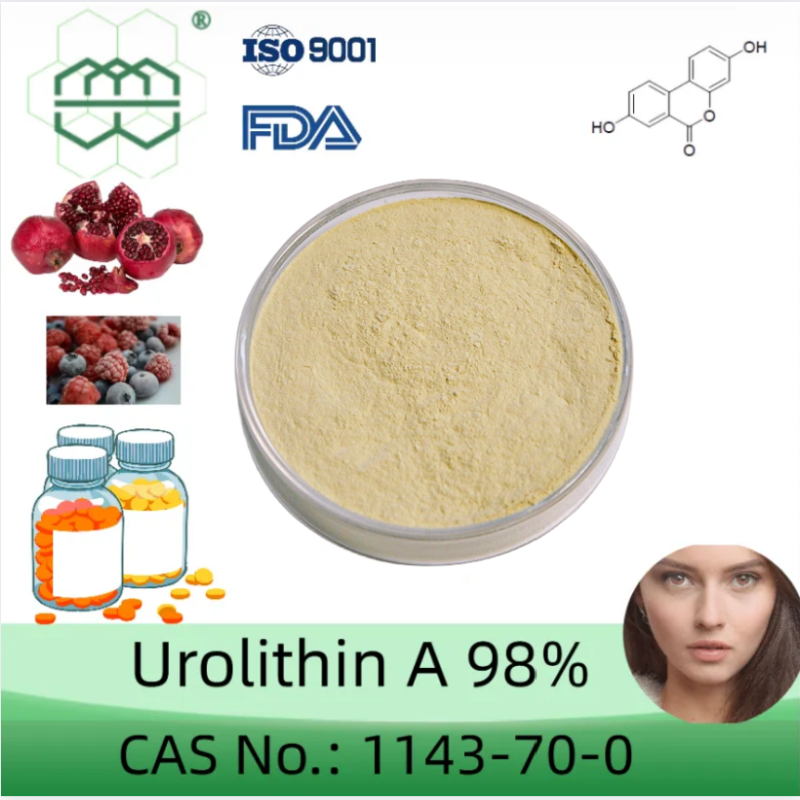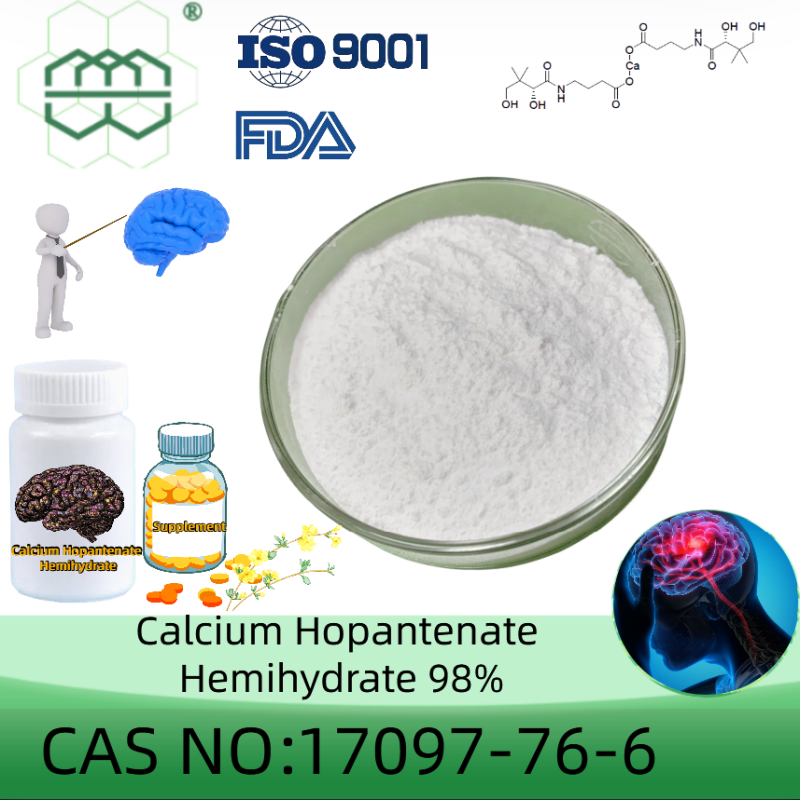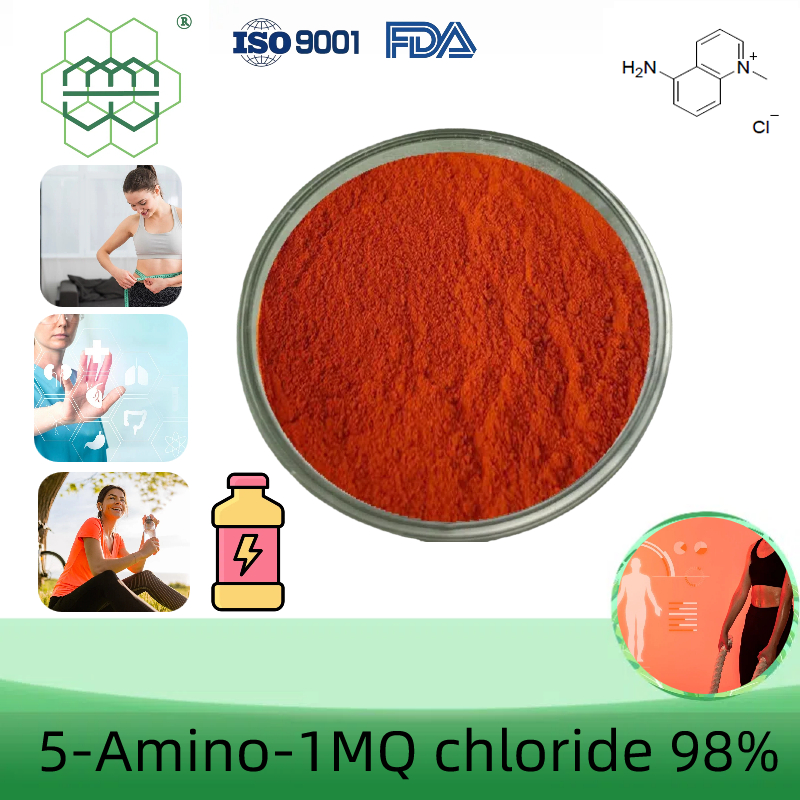-
Categories
-
Pharmaceutical Intermediates
-
Active Pharmaceutical Ingredients
-
Food Additives
- Industrial Coatings
- Agrochemicals
- Dyes and Pigments
- Surfactant
- Flavors and Fragrances
- Chemical Reagents
- Catalyst and Auxiliary
- Natural Products
- Inorganic Chemistry
-
Organic Chemistry
-
Biochemical Engineering
- Analytical Chemistry
-
Cosmetic Ingredient
- Water Treatment Chemical
-
Pharmaceutical Intermediates
Promotion
ECHEMI Mall
Wholesale
Weekly Price
Exhibition
News
-
Trade Service
Food Partner Network News has published or plan to develop food packaging positive labeling related requirements of countries on how to label, marking the mark, the nature of the identification requirements are different, mandatory and voluntary, the previous article Food Partner Network introduced CAC, the European Union, the United Kingdom, the United States and Canada related regulations, the following introduces China, Australia and New Zealand, Japan, South Korea and Singapore for food packaging positive labeling requirements
.
.
01
China
In 2021, China issued the National Food Safety Standard General Principles for Nutrition Labeling of Prepackaged Food (Draft for Comments), part 5.
5 of the Draft proposes to allow the use of simple methods to explain nutritional content information on the front of the package, but the newly revised standard has not yet been officially released and implemented
.
5 of the Draft proposes to allow the use of simple methods to explain nutritional content information on the front of the package, but the newly revised standard has not yet been officially released and implemented
.
02
Australia
To help people make smarter, healthier choices
quickly and easily when comparing similar types of prepackaged foods.
On 27 June 2014, the Australian and New Zealand Food Regulatory Ministerial Forum approved the voluntary labelling FOP labelling scheme, the Health Star Evaluation System (HSR System), which is not suitable for infant formula, infant food, young child supplementary food, sports food, and food for special medical purposes; alcoholic beverages with an alcohol content greater than 1.
2%; Alcohol kits; Kava; Fresh non-prepackaged food, non-nutritious condiments (vinegar, spices), non-nutritious food (tea, coffee).
quickly and easily when comparing similar types of prepackaged foods.
On 27 June 2014, the Australian and New Zealand Food Regulatory Ministerial Forum approved the voluntary labelling FOP labelling scheme, the Health Star Evaluation System (HSR System), which is not suitable for infant formula, infant food, young child supplementary food, sports food, and food for special medical purposes; alcoholic beverages with an alcohol content greater than 1.
2%; Alcohol kits; Kava; Fresh non-prepackaged food, non-nutritious condiments (vinegar, spices), non-nutritious food (tea, coffee).
The health star rating should be marked on the front of the packaged food, and there are two ways to display it, the first (only circle) only displays the star rating of the product; The second indicates a star rating and additional specific nutritional information
.
.
The graphics of the selected HSR systems are detailed in the figure below
.
.
03
Japan
There is no FOP in Japanese regulations or guidelines, only the label regulations stipulate that the net content, solids content and total net content can be indicated on the main display page along with the name
.
In addition, the relevant websites of the Ministry of Health, Labour and Welfare and the Ministry of Agriculture, Forestry and Fisheries mentioned FOP-related issues in recent CODEX discussion meetings
.
.
In addition, the relevant websites of the Ministry of Health, Labour and Welfare and the Ministry of Agriculture, Forestry and Fisheries mentioned FOP-related issues in recent CODEX discussion meetings
.
04
South Korea
Korean food labeling regulations stipulate that the main display page must indicate the product name, net content and calories corresponding to the net content (but calories should be indicated in parentheses after the net content, only foods with nutrition labels).
When the nutrition label is indicated on the main display page, the information display page can be exempted from labeling
.
When the nutrition label is indicated on the main display page, the information display page can be exempted from labeling
.
On September 12, 2018, Korean media reported that at the policy forum on the theme of "National Social Efforts to Prevent Obesity and the Necessity of Introducing National Policies", the Korean Obesity Society elaborated on the necessity of
national policy provisions.
The report mentions Chile's Positive Warning Labeling (FOP) system, which South Korea still does not have
.
national policy provisions.
The report mentions Chile's Positive Warning Labeling (FOP) system, which South Korea still does not have
.
05
Singapore
In Singapore, the Healthier Choices Label (HSC) is used as a front-of-package logo to help consumers identify healthier foods and ingredients
.
Singapore has developed guidance documents setting out HSC-compliant food categories and standard requirements, with products labelled as HCS having higher
levels of fat, saturated fat, sodium, sugar or dietary fiber, calcium and whole grains compared to conventional products in the same food category.
The label is voluntary, and products that meet the relevant requirements can be submitted through the HSC website, and the HCS mark can be used on the product after the application is approved, as shown
in the figure.
.
Singapore has developed guidance documents setting out HSC-compliant food categories and standard requirements, with products labelled as HCS having higher
levels of fat, saturated fat, sodium, sugar or dietary fiber, calcium and whole grains compared to conventional products in the same food category.
The label is voluntary, and products that meet the relevant requirements can be submitted through the HSC website, and the HCS mark can be used on the product after the application is approved, as shown
in the figure.
In 2021, Singapore amended the Food Regulations to establish mandatory dietary grade standards for beverages, which can be divided into four color-coded grades "A (dark green)", "B (light green)", "C (yellow)" or "D (red)" according to the Nutri-Grade grading system, as shown
in the figure.
in the figure.
Summary
At present, China has issued a standard solicitation for comments, Australia and New Zealand have voluntarily implemented, Japan and South Korea have not yet formulated relevant regulations, Singapore has been implementing FOP labeling requirements by adopting voluntary HSC labels, and has formulated mandatory beverage nutrition grade standards
in 2022.
in 2022.
Combined with the previous article, we can see that FOP labeling is planning to be gradually included in food labels, in the face of such a trend, export food enterprises should actively pay attention to the changes in food labeling regulations in exporting countries, in general, the transition period for the implementation of revised food labeling regulations ranges from 1-2 years, providing time for enterprises to adjust product specifications and labels
.
.
Related: Dynamic information on food frontal labeling requirements in countries around the world (Part I)







